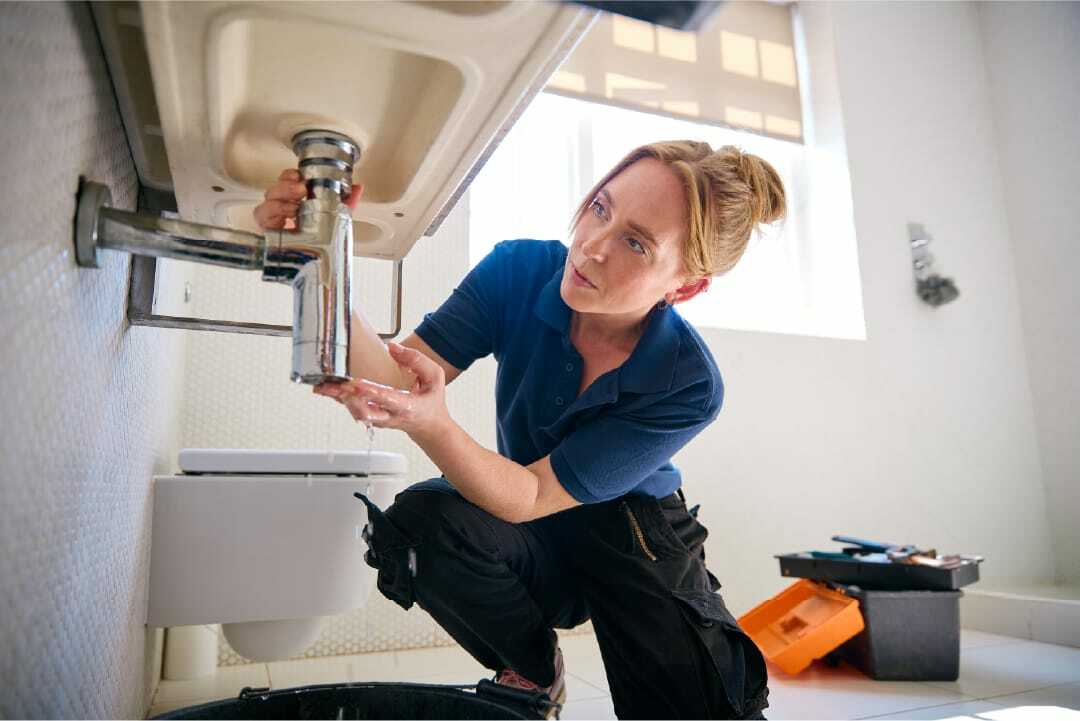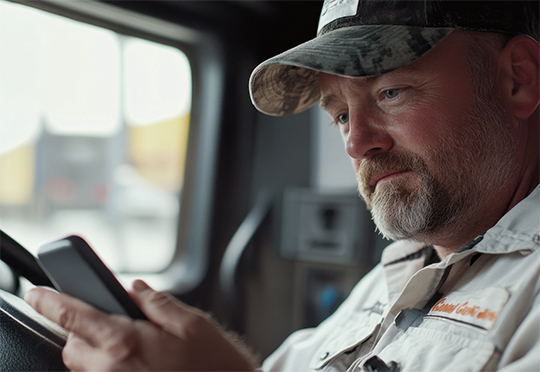
Fleet Safety: What Every Field Service Business Needs to Know
Fleet safety isn’t just about compliance or avoiding fines, although both are good for business. A strong safety program can lead to fewer accidents, lower insurance costs, increased productivity, and build customer trust — all of which add long-term value. In fact, 93% of fleet managers admit that their team performs better when safety is a top priority.
And while most fleet professionals understand that not having a plan can come with serious consequences, starting a fleet safety program can feel out of reach when you’re juggling tight budgets, time constraints, and driver resistance.
To find out what’s really holding service businesses back when it comes to safety, we asked fleet professionals to share how they view safety today, the challenges they face, and the real impact of an effective safety program.
Download the complete infographic (PDF).
Starting a safety program that works
When it comes to safety risks, there’s no shortage of threats. And while 84% of respondents believe employees would be open to adding safety programs and technology if it protects their teams, it can still be difficult to implement a program unless it’s intentional and supported by everyone from management to drivers.
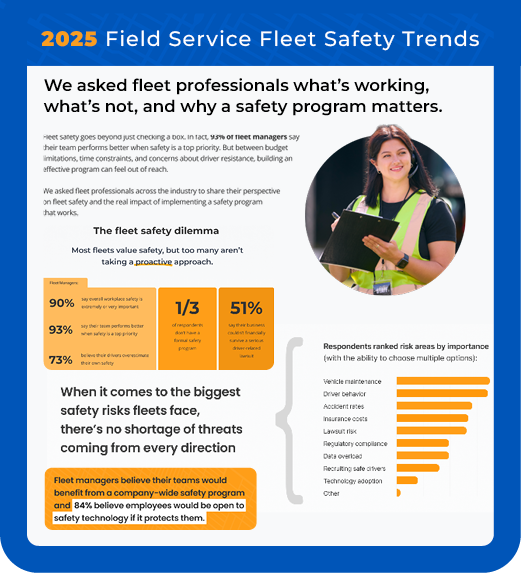
Adding the right tools
Once fleet managers decide to start a safety program, the real work begins. Making the investment in time and tools requires research and training to be able to change habits. Even when faced with initial concerns about cost or pushback, 84% of fleet managers say the benefits far outweigh the resistance.
GPS tracking, dash cams, and driver coaching dashboards all help managers move from reactive problem-solving to proactive improvement. This makes safety measurable and repeatable, turning policy into action that reduces accidents and cuts costs.
Click the graphic below to see which safety processes, tools, and training pay off.
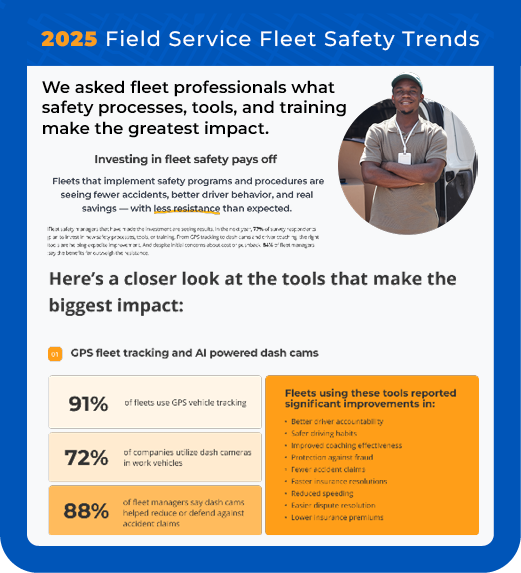
Creating a competitive advantage
Strong safety practices help field service businesses keep good employees and attract new customers. 73% of fleet managers say visible safety practices signal professionalism and reliability for customers, keeping them happy and loyal for the long-term.
More than half of managers say a strong fleet safety culture helps them recruit and keep good employees. For field service businesses, that trust translates into reliable teams that work hard and help maintain and grow the business.
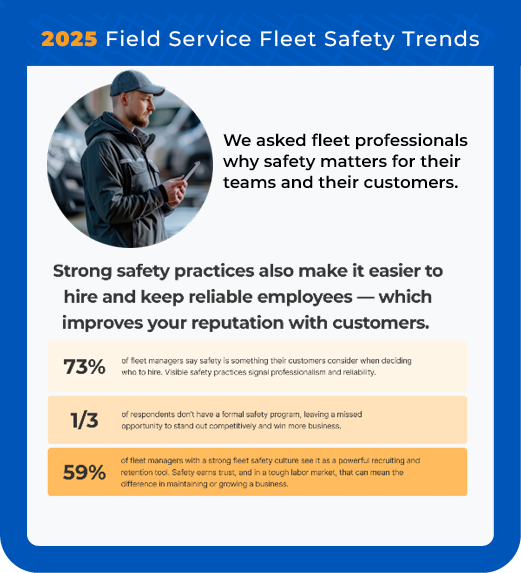
Linxup makes it easy to start (and stick with) fleet safety
Building a safer fleet doesn’t have to be overwhelming. Linxup gives you the tools to start or strengthen your program without adding complexity. From dash cams to GPS tracking, Linxup helps you use real data to spot driver trends, ask the right questions, and keep coaching regular and consistent to turn safety goals into everyday results.
**Linxup commissioned independent survey research firm, TrendCandy, to survey 251 fleet managers about redefining fleet safety in an era where perception, precision, and performance all ride in the same vehicle.
The margin of error for this study is +/- 7% at the 95% confidence level.

